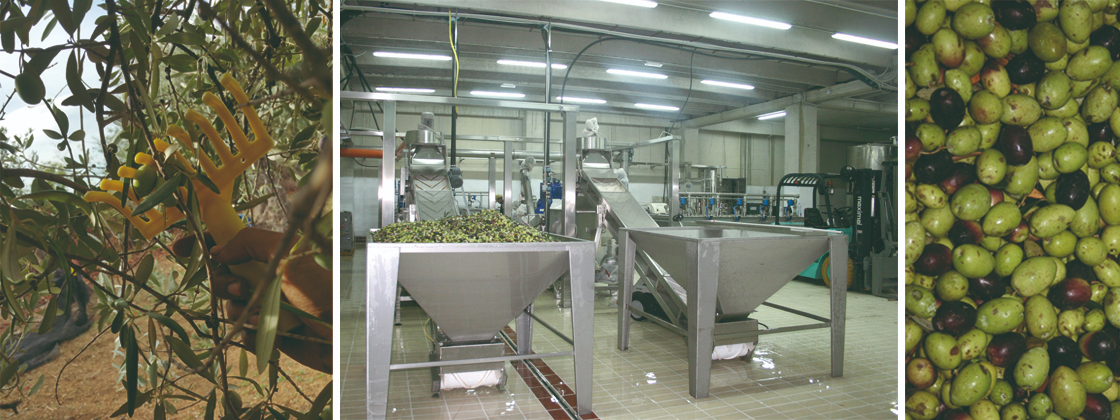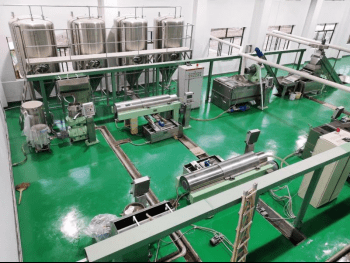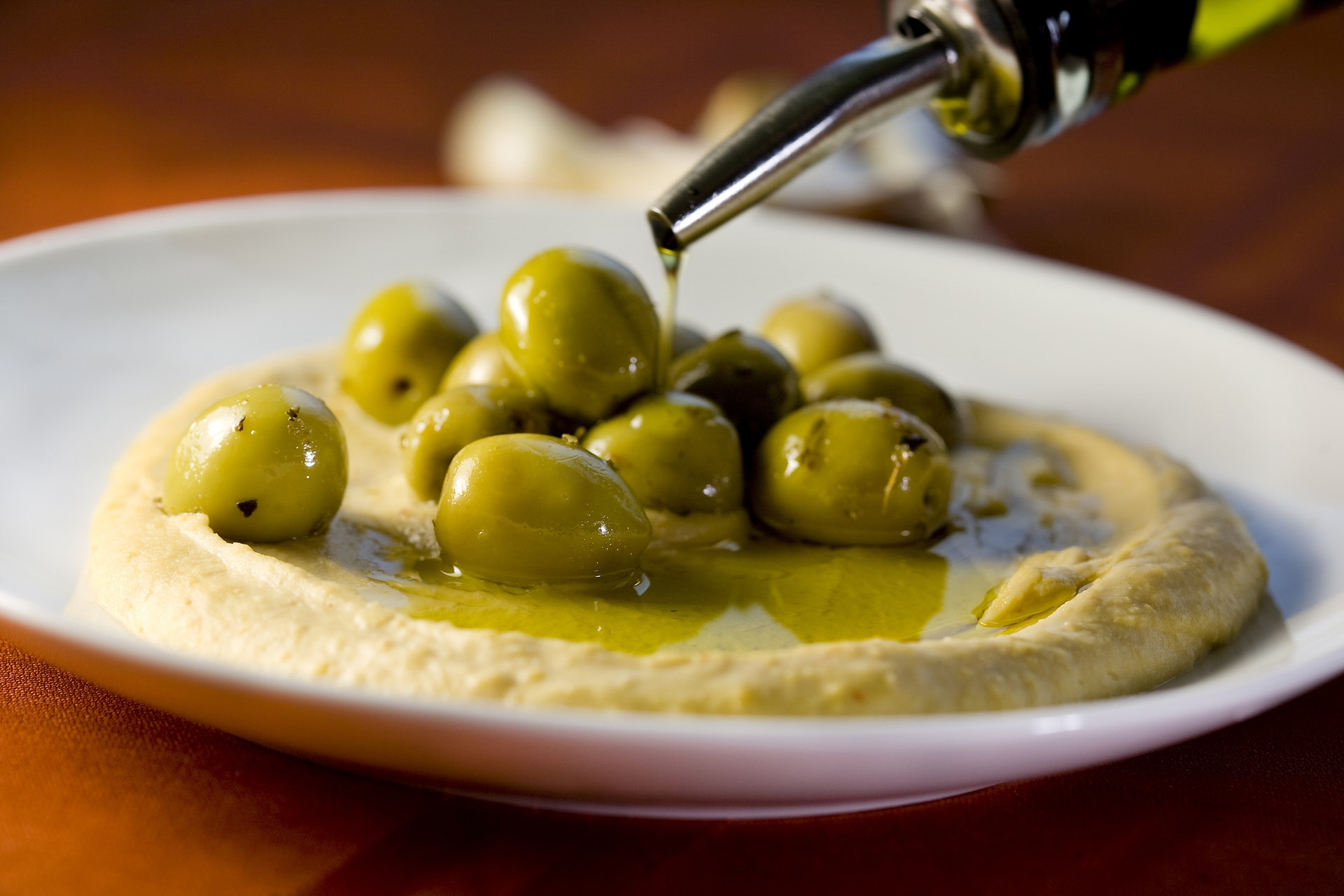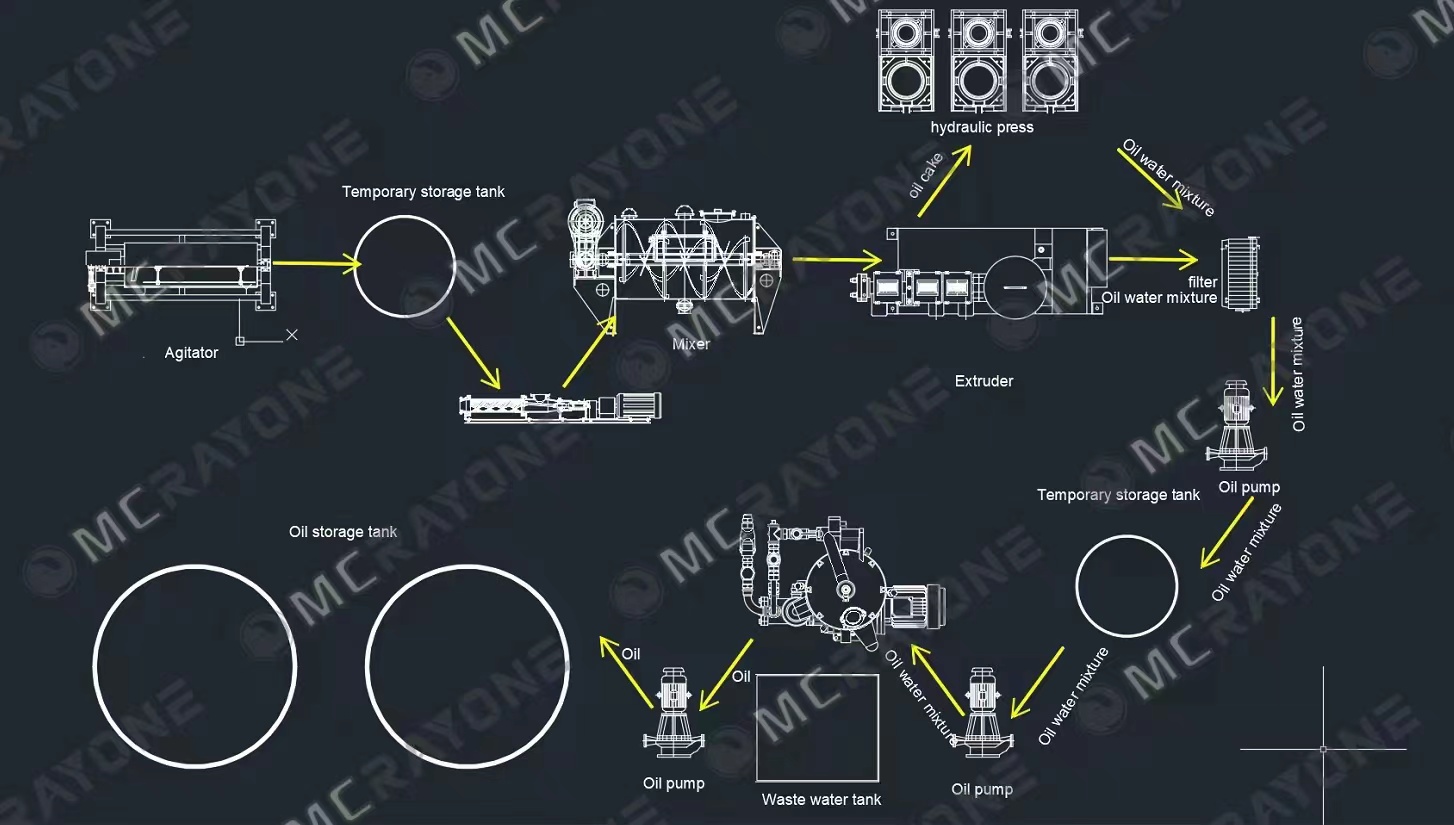
Olive oil is directly cold-pressed from fresh olive fruits without heating or chemical treatment, retaining natural nutrients. Therefore, olive oil is considered to be the most suitable oil for human nutrition among the oils discovered so far.
Olive oil is pressed from the fresh fruits of olives using appropriate mechanical methods. Generally, the oil is obtained by cold pressing. High-quality virgin olive oil is the best olive oil, and its processing is carried out at low temperature (<27℃).
Olive oil processing process:(cleaning) → crushing → pressing → separation of oil-water mixture → primary refined oil

How is olive oil refined?
Not all olive oil is refined; in fact, olive oil is the only vegetable oil that is edible without being refined. Higher quality extra virgin olive oil already has a great taste and aroma, so no further processing is required before bottling.
However, some lower quality olive oils require further processing to be suitable for human consumption. Typically these additional refining processes are used to remove bitterness and reduce acidity; this gives the resulting olive oil a mild, smooth flavor and lighter color. Keep in mind that refining methods do break down the polyphenols and other beneficial compounds in the olive oil itself.

There are many ways to refine olive oil, including degumming, neutralizing, bleaching, winterizing and deodorizing. Different methods can be mixed and matched to obtain the desired results. Here's what's involved in each refining process:
1.Degumming: This process involves treating the oil with hot water, steam, or water mixed with acid and then spinning it in a centrifuge. The power of centrifuge separates out colloidal phospholipids and beneficial polyphenols.
2.Neutralization: Using caustic soda, lye or other inorganic compounds to remove color and free fatty acids from olive oil.
3.Bleaching: An acid bleaching process is used to lighten the oil by heating the oil to 212 degrees Fahrenheit and then removing the pigments.
4.Winterization: As the name suggests, this process involves rapidly cooling the olive oil until it solidifies. Solid materials such as wax are then filtered out of the oil.
5.Deodorization: To remove undesirable tastes and odors, heat the oil to 300 to 500 degrees Fahrenheit and then use steam to remove them. Due to the use of high temperatures, other beneficial compounds such as polyphenols also begin to break down, which reduces the health benefits of olive oil.
Many olive oil refining processes leave the oil with almost no color or flavor. Sometimes the refined oil may be blended with a small amount of extra virgin olive oil to add some color and flavor before bottling.

Main Equipment
|
No.
|
Equipment
|
Application
|
QTY
(Set)
|
Specification
|
Picture
|
|
1
|
Olive Crusher
|
Crack olives to increase oil yield
|
1
|
Processing capacity within 1T/H
Power : 7.5kw
Size : 1300*680*1700mm
Weight : 250kg
Material : Stainless steel
|
|
|
2
|
Hydraulic Oil Press
|
The machine is used for make oil by mechanical squeeze.
|
1
|
Bucket type:Double barrel
Barrel capacity:75KG
Equipped with power:3KW
Working thrust:200Ton
Weight:1400KG
Size:1400*1300*2300mm
|
|
|
3
|
Tubular centrifuge
|
Used to separate oil-water impurity mixtures
|
1
|
Motor power 1.5kw
Voltage;380v three phase 50hz
Size: 0.5*0.4*1.2m
Weight: 300kg
|
|

